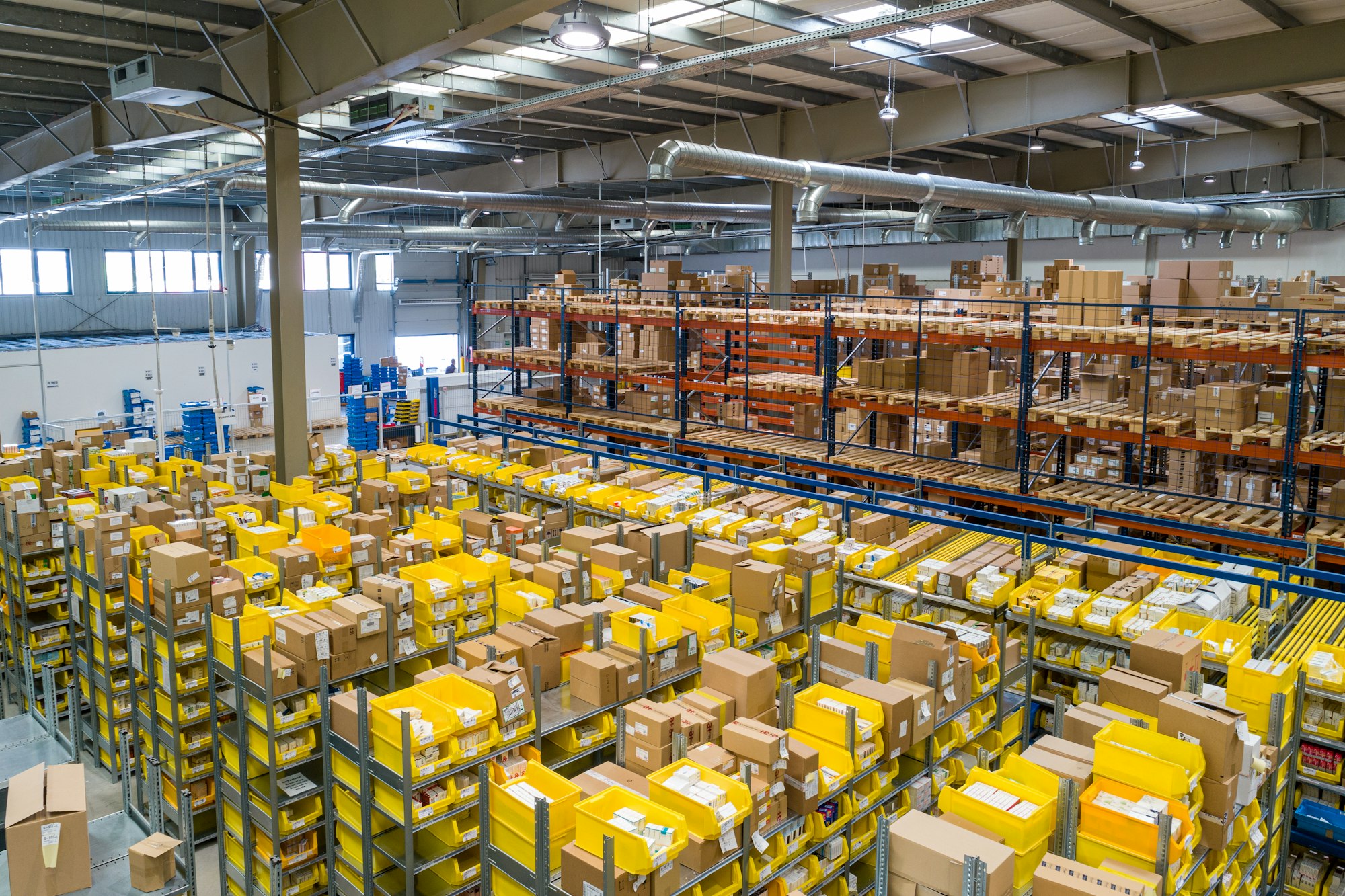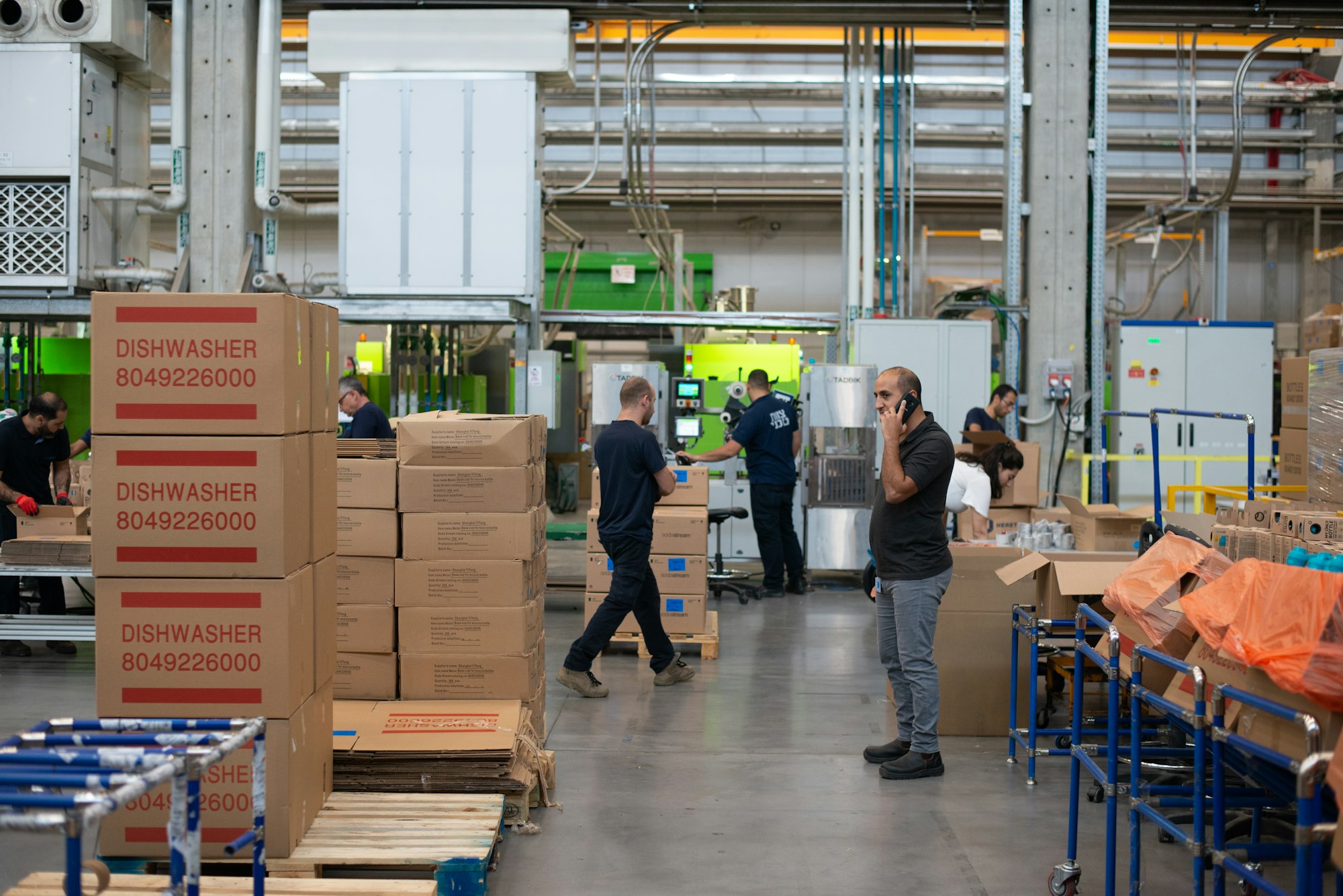DOM as Market Differentiator
Imagine if you were able to process orders and get them delivered to your customer's homes at twice the speed of your competitors—charging them the same or even less than other brands for this service. Don’t you think that it will help improve your standing in the market? give you a competitive advantage?
What if you were the only online retailer in your market offering a "buy online, pickup in store" service? Or if the items in your online store are always in stock, while those of your competitors constantly run out. Don't you think it will give you a leg up on the competition?
A properly implemented distributed order management (DOM) system is a real competitive advantage. In this article, we'll discuss DOM—what it is, what the benefits and challenges are for DOM, as well as tips on choosing the right system for your particular needs.

The benefits of DOM
DOM is the most sophisticated way of fulfilling orders in the retail market today. It incorporates all of the systems and technologies needed to create a flexible order fulfilment process.
Here are examples of some of the advanced order fulfilment options DOM makes available to your company:
- The ability to drop ship some orders from specialist suppliers
- Integrating third-party logistics (3PL) partners into your system
- Customizable processing workflows for each order type.
- Automatically splitting orders based on preset criteria.
- Visibility into the inventory numbers from all your warehouses, suppliers, and 3PL partners in one interface.
The last point bears repeating. DOM gives you unprecedented insight into your supply chain which is nothing short of revolutionary. You will gain a stream of data that will show you in real time how orders are being processed and how your inventory is being moved around in your supply chain.
This makes it possible to control and optimise your order management to a remarkable degree. The result is a flexible supply chain that maximises efficiency and minimises cost. You will also be able to solve complex supply chain problems from a single hub.

The market is shifting to DOM
The online retail market is getting more crowded by the day. More merchants are entering the market each year. Which means customers have more options available to them when they want to shop online.
You need flexibility to compete in the current market. A rigid supply chain is unable to adapt to shifting market conditions, supply issues, or to provide customised fulfilment options. You need the right technology to manage the complexity of an international supply chain.
This is why more and more online merchants are switching to DOM. A couple years back, DOM was nothing but a trend. Nowadays it’s so common that the modern consumer expects the benefits and fulfilment options that only DOM can provide.
In a few short years, you won’t be able to find an online retailer that doesn’t use some version of distributed order management to run their business. So the sooner you get into the game, the better.
Nevertheless, there is still space for ambitious and shrewd merchants to use DOM to outshine the competition. This is because many of the retailers that switched to DOM aren't using all the benefits and features of their technology.
Get DOM right and you will gain an enormous advantage in the market. You will achieve maximum operational efficiency for the lowest cost. Which will allow you to provide the kind of customer experience that will set you apart in the market.

Why is DOM so difficult to get right?
We saw that DOM can be an incredible boon to your business. Unfortunately, many companies struggle to get the full benefit of their new technology.
This is because DOM isn’t just a piece of technology, it’s a system that has to be implemented throughout your supply chain. Implementing a complex set of technologies in a running business isn’t easy. This is why it's worthwhile educating yourself on DOM before taking the plunge.
Here are some of the reasons why it’s difficult to get DOM right:
1. All your supply chain partners have to cooperate
Every company is different, with different procedures and systems when it comes to processing orders or managing inventory. This can create difficulties if you want to switch your business over to DOM. The system won't work if all the companies in your supply chain don't work together.
DOM doesn't require all of the parties to follow the same procedure when managing inventory, fulfilling orders, or delivering packages. But it does require all of these disparate systems to be compatible—to a degree.
How will the system be able to send automatic purchase orders to suppliers who don’t have the capacity to receive or process that information? How do you manage inventory across your supply chain, if every partner counts their stock in a different way?

2. You have to Integrate different technologies and systems
You have to achieve some level of system integration with your supply chain partners if you want to make DOM a success. This is because DOM won’t function correctly without accurate, real-time inventory data from your suppliers. And to get systems to share data up and down your supply chain can be a mammoth task.
A typical supply chain is made up of multiple companies, each using a different set of technologies to run their internal affairs. The ultimate goal of DOM is to make every system in your supply chain work together seamlessly and automatically.
For example, one of your supply chain partners might use NetSuite as their enterprise resource planning (ERP) system, while another partner uses SAP. Another partner might just use a completely different system altogether.
Will your DOM be able to reconcile data from these three systems into one interface to give you a holistic view of your inventory? This is important, because you need accurate, up-to-date product availability data from your suppliers to fulfil each order quickly and accurately.
How do you send purchase orders to the three systems? Will the system be able to send information to them electronically—or do you expect your partners to work through email? Will the DOM be able to split orders between the different partners using different technologies?
3. The number of options can be overwhelming
Legacy order management solutions don't usually give enough fulfilment options to ensure that every order is fulfilled as cost effectively as possible.
This is not the problem with DOM. The system is designed with flexibility in mind. So it's built to open up your supply chain and accommodate a plethora of new fulfilment options.
This can create its own set of problems. If you have 10 possibilities when it comes to fulfilling a complicated order, how do you pick the right one? Too many choices can be as debilitating as not having enough choices in your arsenal.
The "paralysis of analysis" can lead to delayed decision making—and could end up costing you more than just sticking to the trusted solutions that worked for you in the past.
Here it's important to prioritise your goals. Is the objective to lower cost, or provide better customer service? It’s important to set clear rules and guidelines for each order type. You need to create workflows that balance the constraints of your supply chain with your stipulated goals.
If you don't, you will introduce too much unpredictability into your supply chain. Which means that your system will process some orders satisfactorily, while others will miss the mark.

Making the shift to DOM
Properly implemented, DOM opens the door to a promise that your customers will be able to place an order anywhere, that your company will be able to fulfil those orders from anywhere, and that customers can then eventually, if needed, return unwanted goods anywhere.
But how do you choose the right DOM for your business? Your first step isn’t necessarily comparing the feature-sets of the different DOM solutions in the market. In other words, don't take a technology-first approach.
Your first step would be to evaluate your current processes to see what works and what doesn't. For example, try to answer the following questions for your business:
- What are the biggest problems you currently experience in your order fulfilment process?
- What are your pain points, and how would you like to see them resolved?
- What impact do these problems have on your company with regards to cost and efficiency?
- How would you like these problems to be resolved?
- What would be the ideal setup for your company and supply chain?
- What type of experience do you want to give your customers?
Once you've answered these questions, you will have a clear picture of the goals for the new system. Now you’re ready to look at technology features and find a vendor that will be able to address your particular needs.
Here are a couple of the features that you have consider when deciding on a particular DOM solution:
- The level of automation provided. One of the main benefits of DOM over legacy systems is its ability to automate the most time-consuming tasks across your entire supply chain.
- The level of visibility provided. How much visibility does the system give into your inventory and processes—and how much do you need to run your business effectively?
- The level of customisation provided. DOM allows you to create custom workflows based on the level of service you want to provide to your customers.
- The level of integration provided. The DOM won’t reach its full potential unless it is able to integrate with your partners. Find out if the DOM is able to connect to your supply chain in an easy and reliable fashion.
- The future scalability of the technology. The system must be able to meet your current as well as your future needs.

Conclusion
Distributed Order Management is not only the latest trend in online retail, it can give you a competitive advantage in the market.
When you have a central hub that manages all your fulfilment processes and keeps your data up to date, you will be able to provide a much better customer experience. You will always be able to keep up with market demand while keeping a tight grip on your budget, stock levels, logistical concerns, and the use of company assets.
Adopting new technology is a big step. But the benefits of DOM far outweigh the cost in time and money when you consider the unparalleled visibility and customisation you will gain from the software—without even mentioning the added benefit of efficient and accurate inventory management.
Perhaps it's time to ditch the legacy software you've been using in your business and switch to a modern solution that's able to increase the efficiency of your business operations and position you to meet the demands of the modern consumer.